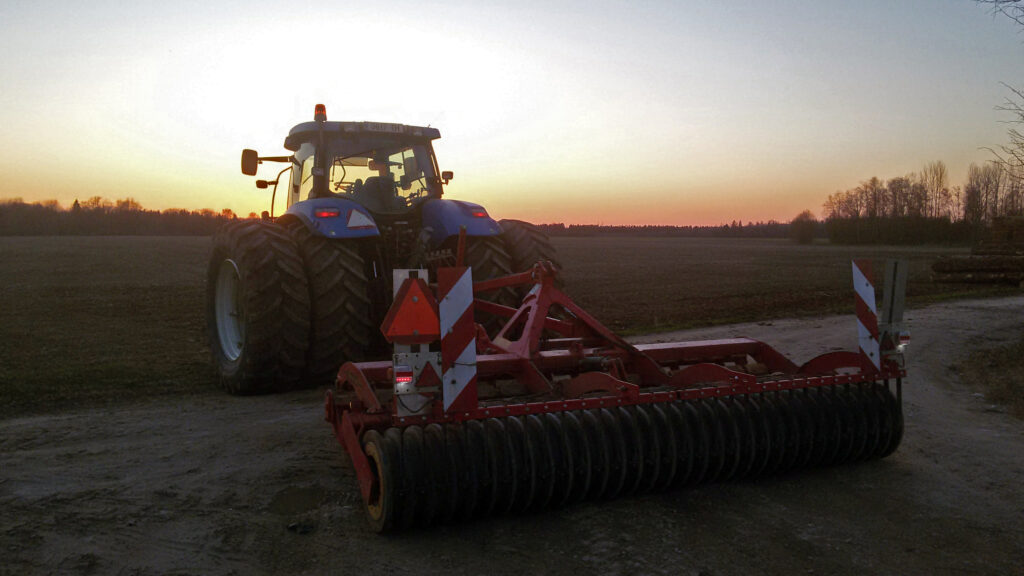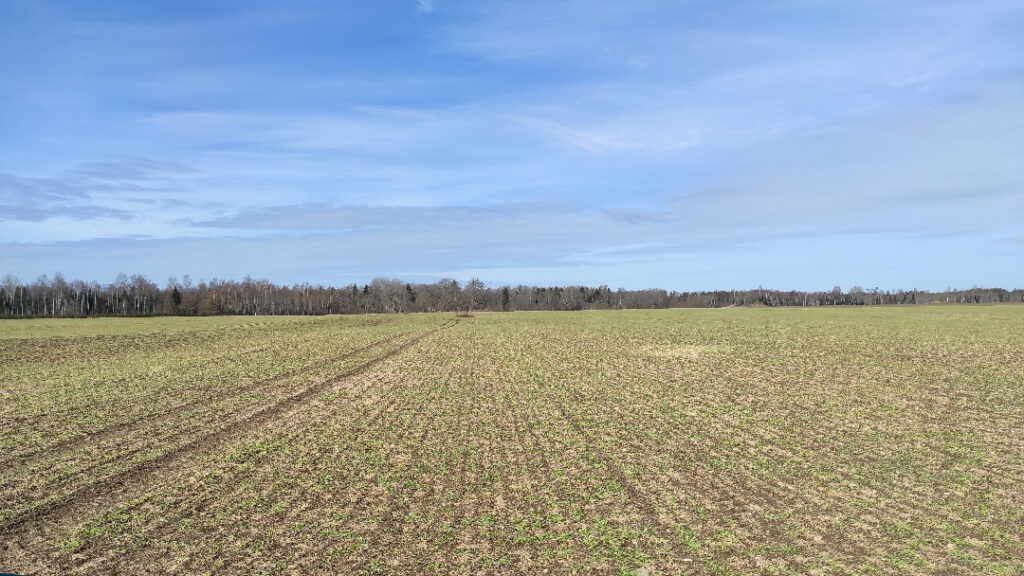This post is made in collaboration with EURORISK
After having a positive experience with drought damage insurance, the logical next step was to try winter damage insurance. A significant motivation here is the agricultural insurance support provided by PRIA, which allows for compensation of up to 70% of the insurance premium.
This winter has been quite unpredictable. Is it better to be cautious and insured rather than regret it later? Or does mitigating such risks become too expensive? 🧐
Terms for Insurance Against Unfavorable Wintering Conditions
- Insurance coverage is valid from November 15 until May 1 of the harvest year.
- Damages to crops caused by ice and snow cover are compensated if crops or parts of them freeze, dry out, rot, or decay. It’s worth noting that damage caused by low temperatures due to the absence of snow cover is also covered, like 🇪🇪 farmers experienced in 2024.
- Compensation applies if at least 20% of the insured crop area is damaged.
- Compensation eligibility depends on the number of live plants per square meter after spring sprouting:
- Winter rapeseed: 10 plants
- Winter turnip rapeseed: 20 plants
- Winter wheat: 120 plants
- Winter rye: 100 plants
- Winter barley: 100 plants
- Winter triticale: 100 plants
How Does the Insurance Process Work?
The process is quite similar to drought insurance but with some additional requirements.
- It’s not possible to insure only one crop, such as winter rapeseed; you must also insure another crop like winter wheat or barley in equal proportions. For instance, insuring 18 ha of winter rapeseed requires insuring an equal area of another crop.
- Fields are inspected by a recognized agronomist appointed by the insurance broker to ensure the following criteria are met before the coverage becomes active:
- Growth stage for cereals (BBCH scale): 11(13)–29
- Growth stage for winter rapeseed (BBCH scale): 16–26
- Plants must follow the “8/8/8 rule”: at least 8 cm in height, root diameter of 8 mm, and 8 leaves per plant.
What Does It Cost?
I insured 139.2 ha of winter wheat and 18 ha of winter rapeseed.
Generally, insurance for hail, storm, and rain damage (valid until October 30 of the harvest year) is also offered alongside winter damage insurance, so I opted for the “full options” package. 😃
If you are interested, the premiums without subsidy for hail, storm, and rain damage insurance:
- Winter wheat (value €1,000/ha): €14/ha
- Winter rapeseed (value €1,500/ha): €40/ha
But as I said I insured for winter damage also and so my total insured value for my fields was €164,400, and the insurance premium was €11,641.5, or €74/ha. After two tough years, this sum somewhat took my breath away. This per-hectare cost is equivalent to about 54 kg/N per hectare.
Thankfully, PRIA’s agricultural insurance support comes into play here.
With a 70% compensation rate, the insurance premium dropped to a much more reasonable €3,492.45, or €22/ha.
What Compensation Will I Get If Things Go Wrong?
For replanting costs, here are the compensation amounts based on my example:
- 139.2 ha of winter wheat = €34,800 or €250/ha
- 18 ha of winter rapeseed = €6,300 or €350/ha
Again, this is not a profit-making project, but if winter rapeseed is completely destroyed, it will need to be replanted anyway. Replanting costs (seeds, fuel, additional fieldwork) can easily exceed €100/ha.
Here’s the question: would I fully cover the replanting costs myself, or would I receive €6,300 in compensation? Subtracting the insurance premium, I would still have over €2,800 left for replanting 18 ha and some additional compensation. Then the risks for winter wheat are insured “for free.”
Do you need to replant to qualify for compensation? No, the compensation is provided regardless; it’s the farmer’s decision whether to keep the field or not.
Conclusion
Even €22/ha is a significant expense in today’s conditions, especially since there’s a chance I won’t get anything back.
However, my perspective is this: I’ll find a way to save the €22 per hectare because there’s absolutely no guarantee I’ll get that money back for the work I’ve done in the field.
I’m currently learning to manage risks, and I believe that if this learning process is supported, it’s worth considering at least giving this option a try.



